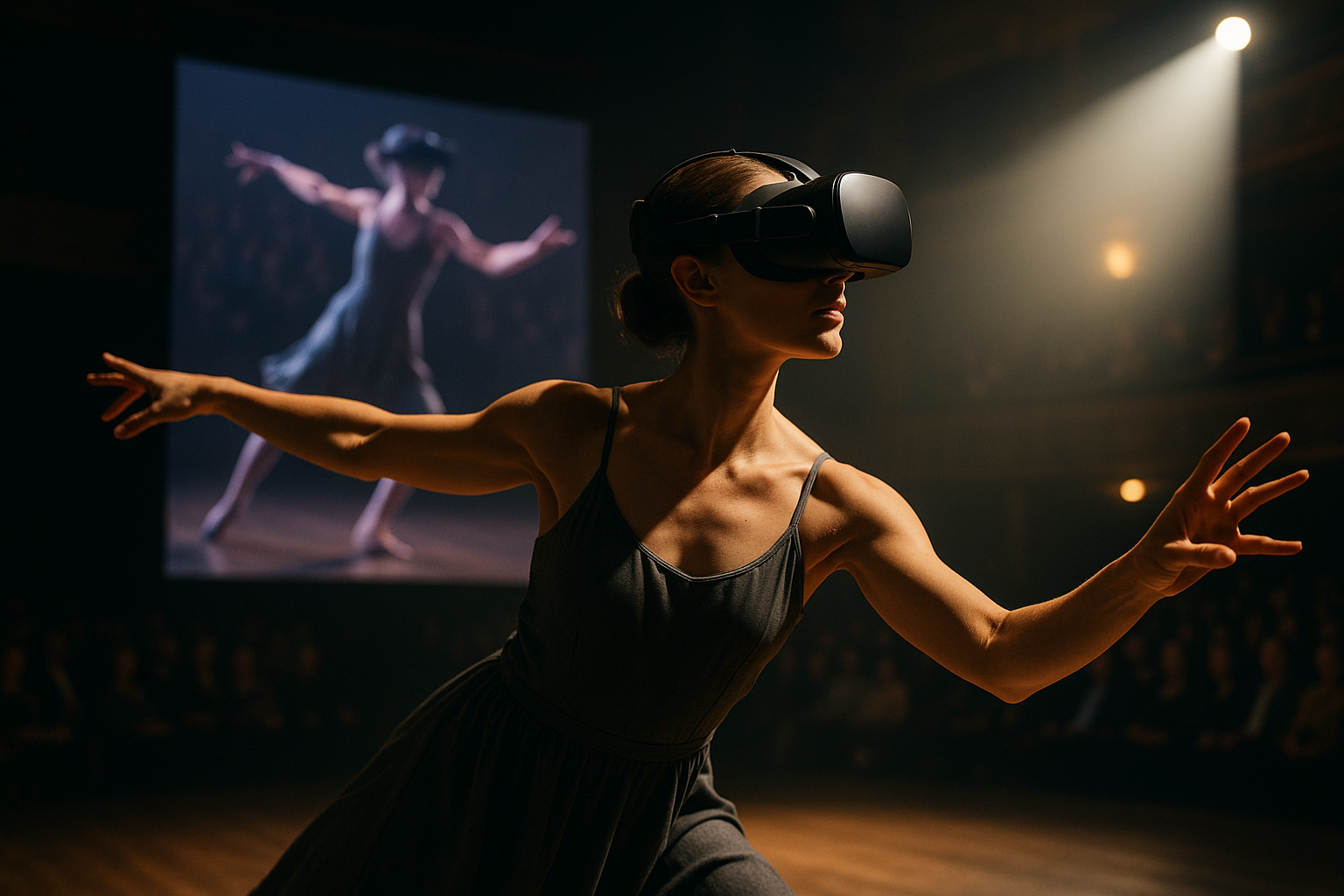Augmented Stages: Integrating Projection and Live Action
Augmented stages bring projection, live performers, sound, and interactive elements together to create layered theatrical and gallery experiences. This approach blends choreography, mixed media, and digital design to extend narrative and spatial possibilities, while prompting new methods for community engagement and sustainable practice in festivals, residencies, and galleries.

Augmented stages rely on a careful balance between technological systems and human performers. Designers and directors calibrate projection mapping, live choreography, and sound to create cohesive moments rather than competing stimuli. Successful projects treat projection as a responsive partner: visuals can define space, suggest scale, or react to movement through tracking and sensors. Integrating these elements early in development—during concept, rehearsal, and technical rehearsals—helps avoid last-minute compromises and keeps the performance centred on clear artistic intent.
How does projection change performance?
Projection alters perception of physical space and can extend a performer’s presence beyond the stage. Rather than simply decorating backdrops, projection mapping can create surfaces that shift in scale or texture, produce foreground effects that interact with bodies, and simulate environments that would be impractical to build. For performers, this often means adapting timing, sightlines, and spatial awareness so that gestures align with projected cues. Directors and lighting designers work together to ensure projections complement, not obscure, live action by managing contrast, color temperature, and layering.
What makes an installation immersive?
Immersive installations combine visual, auditory, and tactile cues to invite participant agency. In augmented stages, immersion is achieved when projection, sound design, and physical set pieces form a coherent sensory world. Interactivity—through motion tracking, touch interfaces, or mobile engagement—lets audiences shape elements in real time, turning spectators into participants. Curators and technical teams must consider accessibility and flow: pathways, sightlines, and sensory intensity should support a comfortable, meaningful experience rather than overwhelm visitors.
How does choreography interact with projection?
Choreography in augmented settings negotiates timing and spatial relationships with projected content. Dancers and actors often rehearse with low-fidelity projections early on, refining movement to avoid occlusion or unintentional shadowing. Projection can also inform choreography: visuals that respond to body heat, proximity, or gesture can become compositional partners, enabling improvisation that alters projection parameters live. Collaboration between choreographers and technical artists is essential to preserve the expressive clarity of movement while exploiting projection’s capacity for extension and transformation.
How is sound integrated in augmented stages?
Sound design anchors projection and live action by reinforcing spatial cues and pacing. Ambisonic and multi-channel audio can localize sonic events to match projected visuals, strengthening the illusion of depth or motion. Live microphones, sampled textures, and responsive audio systems allow performers to influence the soundtrack, making sound a dynamic element rather than a fixed score. Technical teams should coordinate latency budgets and ensure monitoring solutions for performers, since unsynchronized audio can break immersion and frustrate live timing.
How can sustainability and community be addressed?
Sustainable practice in augmented productions considers materials, energy use, and lifecycle planning. LED projectors with efficient bulbs, reuseable scenic elements, and digital assets that limit physical waste all reduce environmental impact. Community engagement—through residencies, workshops, and co-created events—grounds digital work in local contexts and broadens access. Residencies can offer testing grounds for technical setups and build relationships with galleries, festivals, and collectors who support longer-term artistic development. Funding structures that prioritize collaborative and low-waste practices help maintain ethical production cycles.
Collaboration across disciplines—designers, choreographers, sound artists, technicians, producers, and community partners—shapes resilient augmented work. Festivals and galleries provide platforms where experimental mixed-media pieces can connect with collectors and audiences, while residencies give teams the time to iterate. Digital networks and documentation practices also expand reach, allowing interactive or time-based work to be archived and studied beyond a single event.
Augmented stages open new expressive terrain by integrating projection, live action, sound, and interactivity. When technical systems are treated as creative partners and sustainability and community engagement are prioritized, these hybrid performances can deepen audience experience and expand opportunities for collaborative practice. Thoughtful planning, iterative testing, and cross-disciplinary communication remain the practical foundations for reliable and resonant augmented productions.





